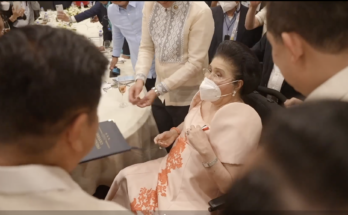AT 81 and after six decades at the top of the entertainment world, Barbra Streisand has sold more than 150 million albums and won five Emmys, 10 Grammy Awards, nine Golden Globes, two Oscars and one Tony Award (the coveted clean sweep EGOT).
And she is finally ready to set the record straight about it all in the much-anticipated, whopping 992-page memoir, “My Name is Barbra”, around 25 years in the making. (The audiobook is 48 hours.)
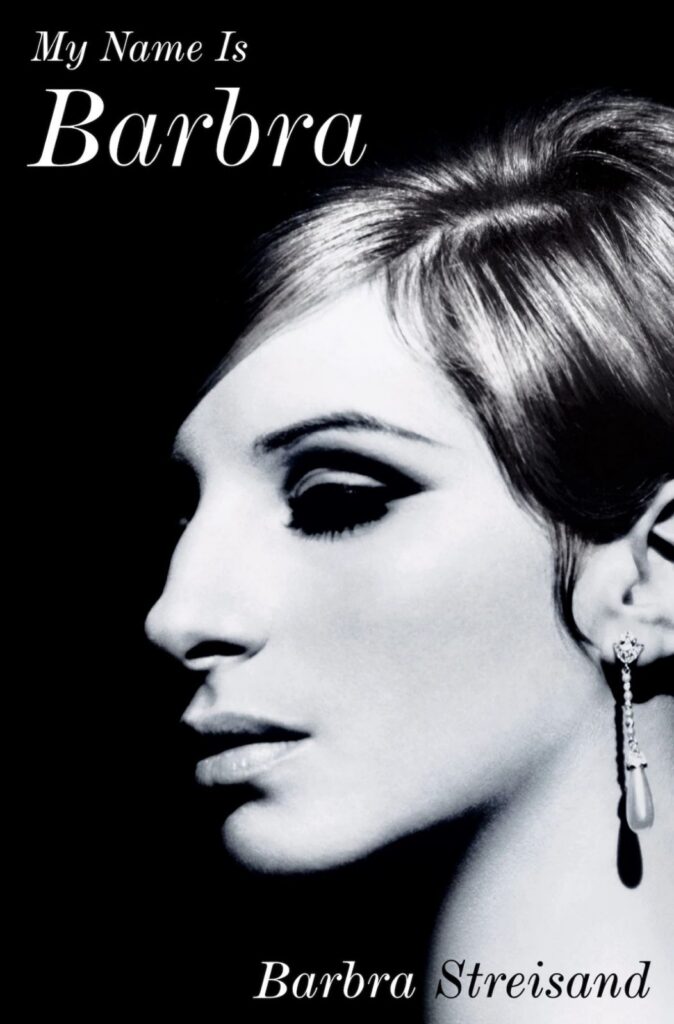
It is probably far too long for the casually interested, but the book’s friendly, warm tone makes for an entertaining volume that spans from her humble beginnings in a Brooklyn housing project to the Hollywood fame that enveloped her life.
“My Name is Barbra” is Streisand’s version of a very examined life, replete with triumphs and slights, anxiety, antiques and food. It dispels rumors and myths but doesn’t hold back on scintillating tales of love affairs and famous friends, on-set drama and unfiltered anecdotes about her discomfort with stardom.
“Looking back, it was much more fun to dream of being famous than to actually be famous,” Streisand writes near the end of her new book. “I didn’t like all the ridiculous stories they made up, or the envy my success provoked.”
Much of Streisand’s story will be familiar: She grew up impoverished amid the fallout from the death of her father Emanuel, a high school teacher, when she was 15 months old. On the rebound, her mother Diana, a singer-turned-school secretary, married a loutish car salesman.
Streisand’s relationship with her unreliable, cold, unforgiving, uncaring, jealous mother, always ready with a stinging put-down, was a constant bane of her life.
The artist’s only doll growing up was a water bottle wrapped in a knitted wool sweater. She grew up essentially unparented, no rules or expectations, worked as a cashier at a Chinese restaurant, took acting classes, graduated from high school, then sprinted for Manhattan to make a name for herself.
“I have to become famous,” she remembers thinking in her tiny third-floor walk-up, “so I can get somebody else to make my bed.”
So too the glory. Streisand performed without distinction in her high school choir and left in the middle of her first and only singing lesson. She never learned to read music. But by 18, she was making a name for herself as a singer at Bon Soir, the Greenwich Village nightclub. By 19, she was performing on Broadway.
In 1969, at the age of 26, she won her first Oscar for her debut film role in “Funny Girl”, reprising a character she had originated on the stage. (She split the best actress award with Katharine Hepburn.)
Her charisma, in movies such as the screwball comedy “What’s Up, Doc?” announced her as a bona fide star. Her music career began with her 1963 Grammy-winning debut album “The Barbra Streisand Album”; her groundbreaking directorial success with 1983’s award-winning “Yentl”.
More awards, best-selling albums and acclaimed directorial credits followed; for a star known as a perfectionist – and, to many, a diva – this all seemed inevitable. “I had a vision,” she writes, “and sometimes I think I willed it all into coming true.”
But there are plenty of disclosures that will satisfy fans.
As comes with the sort of stratospheric renown Streisand enjoys – which she eventually came to regard as “a hollow trophy” – there is high-level celebrity tittle-tattle: back massages for Robert de Niro; bonhomie with the Clintons; a funny meeting with President John F. Kennedy (“I told him, ‘You’re a doll’, it just kinda slipped out”) and a rather flirty relationship with King Charles.
Things you might not have known
She went to high school with chess grandmaster Bobby Fischer. (“He wasn’t very friendly.”) She grew her nails long so she’d never have to type. She suffers from chronic tinnitus. She never cared for her given name, so she shaved off an “a,” but she held on to her last name because “how would my old friends know it was me, once I became famous?” It still infuriates her that people don’t pronounce that name correctly. It’s STRY-sand, and it’s “sand” as in beach.
What Streisand wants…
She asked Stephen Sondheim to rewrite whole lyrics for her, and he complied. The day before her 1998 wedding to James Brolin, she asked the major news networks not to fly helicopters over her house, and they complied. When she found out Siri was saying her name wrong, she called Apple CEO Tim Cook and asked him to fix it, and he complied.
Her dalliances are as juicy as you imagined
And then there are revelations about the men in her life, the would-be suitors -love letters from a smitten Omar Sharif; the many advances of her friend Marlon Brando, all of which she turned down (“How stupid!”) – as well as her significant relationships.
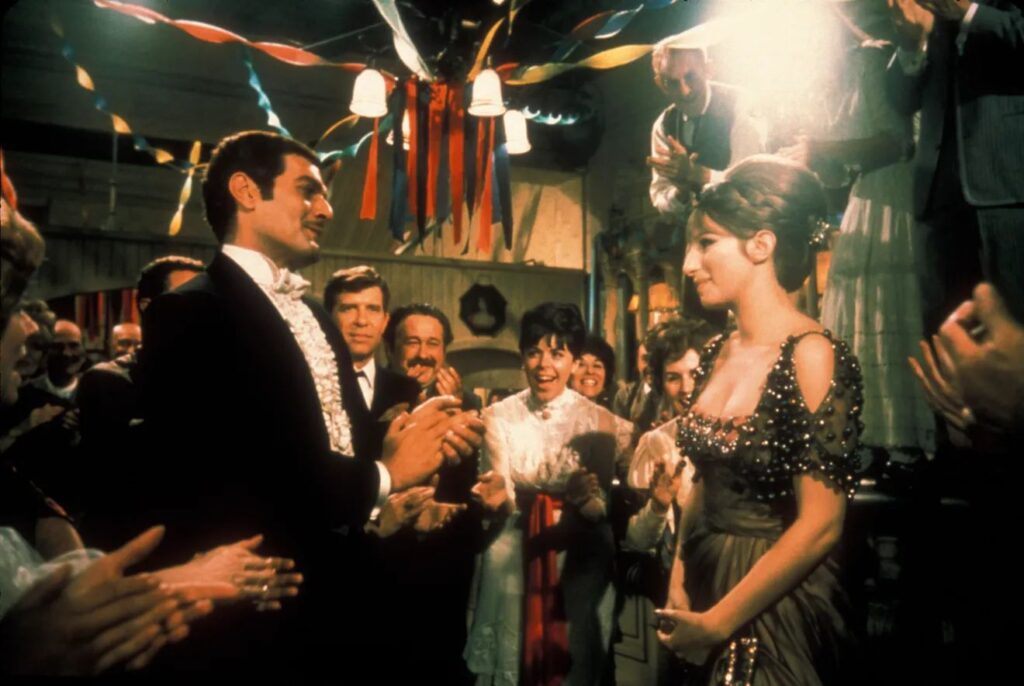
She wasn’t attracted to first husband and the father of her son Jason, Elliott Gould until she saw the back of his neck; on the 23-year age gap between her and former Canadian Prime Minister Pierre Trudeau, she writes “My brain was in love, but not my body.”; her relationship with
“Miami Vice’s” Don Johnson was “fun while it lasted. I’m very attracted to attractive men. (OK, so I’m superficial!) It’s almost like an aesthetic thing … like a piece of art. I collect!”
She’d also never heard of tennis star Andre Agassi before the pair were set up in the 90s (“emotionally wise beyond his years”). But did she, as legend has it, ever sleep with Warren Beatty? “I kind of remember. I guess I did. Probably once.”
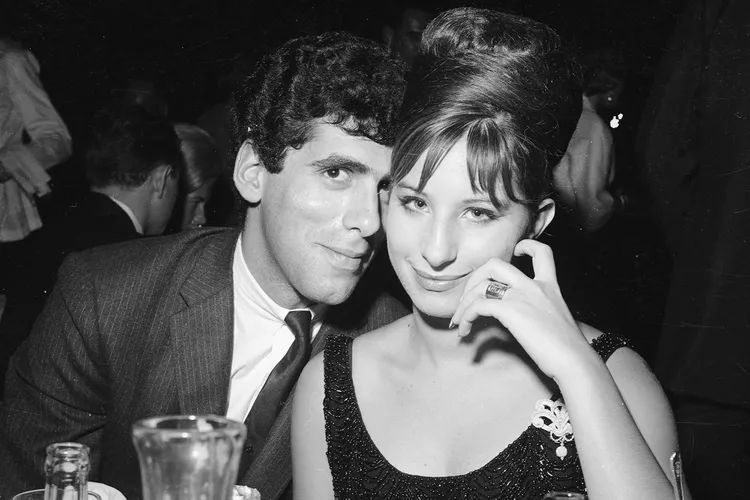
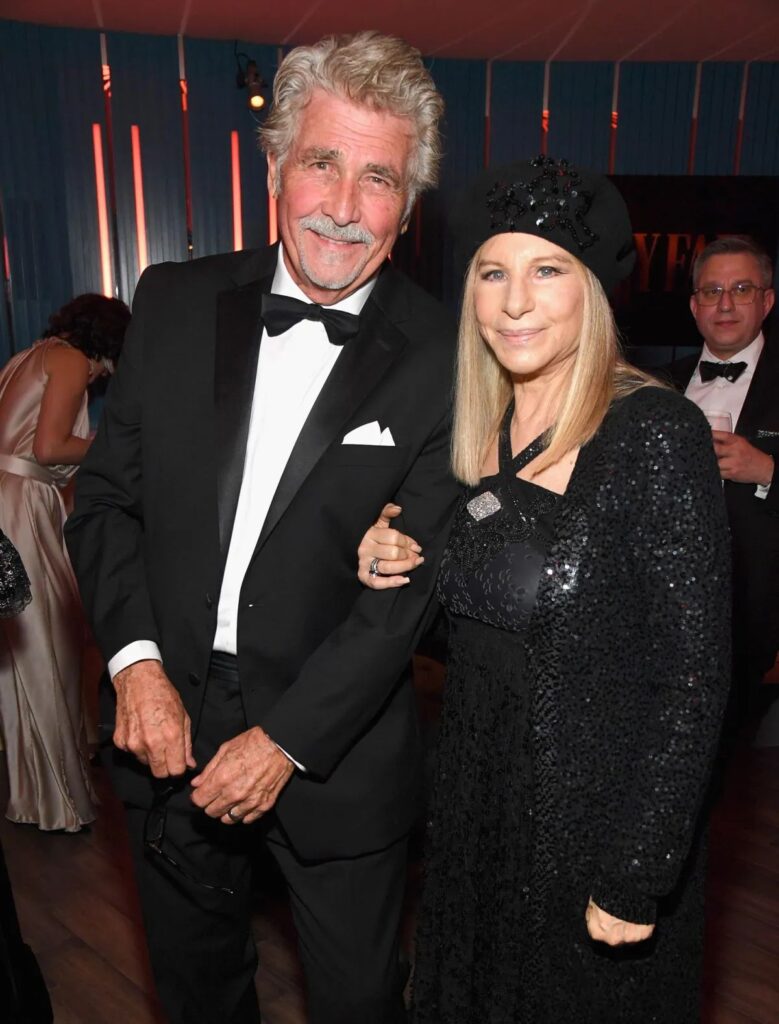
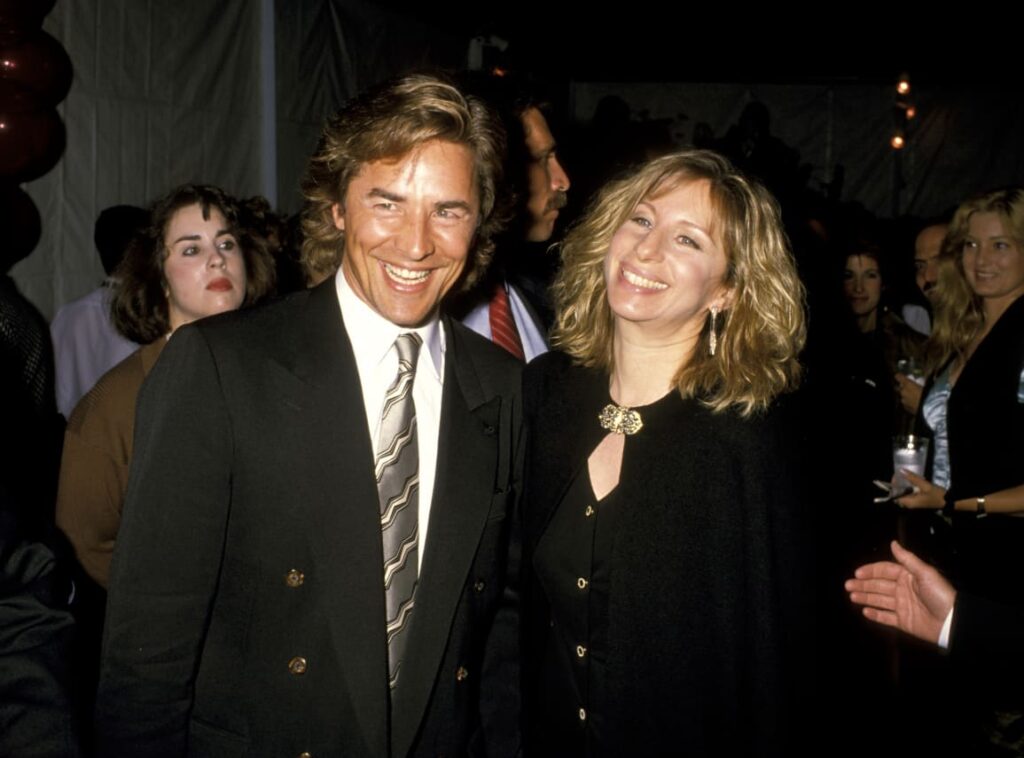
Kris Kristofferson, her co-star in “A Star Is Born,” also had sex appeal. “He gave me hickeys on my neck. Thank God I had a two-piece bathing suit by Rudi Gernreich with a turtleneck top to hide them!”
Coquettish relationship with Ralph Fiennes
After a concert in Anaheim in the late 1990s, Fiennes – who was in the crowd that night – hitched a ride back to Los Angeles with Streisand, where she talked to him about wanting to direct him in “The Normal Heart”. After that initial meeting, he came to her house for dinner, where things turned quite flirtatious. “I liked talking to Ralph, because he’s interested in so many things, and by the time we went down to the screening room, I felt very comfortable. And then there was a subtle shift in the atmosphere. The look in his eyes as he gently touched my face and then my hair became almost too intimate, and I thought, ‘Oh no. This guy is so attractive.’ But because I was hoping to direct him, I couldn’t allow myself to succumb to his charms. Believe me, it was tempting.”
Brolin fell in love with Streisand when she insulted his hair
While she usually only touches a man’s hair if she’s working with him, Streisand couldn’t help it with Brolin. “Who fucked up your hair?” she asked. Instead of taking offense, he was “impressed.” “As he told me later, his first thought was, I’ve met a lot of liars in Hollywood, but here’s one person who tells the truth,” Streisand writes.
Their romance eventually became the stuff of legend – or at least classic rock. During an appearance on “20/20” with Barbara Walters, Streisand told the host how she and Brolin were in bed spooning when he whispered, “I don’t want to fall asleep,” to which the singer responded, “Why?” He explained, “’Cause I’ll miss you.” Diane Warren had been watching the interview, and Streisand’s story inspired her to write Aerosmith’s 1998 hit “I Don’t Want to Miss a Thing.”
Problematic male attention
But elsewhere male attention is more problematic. Strength in the face of patriarchy is a constant theme: on Broadway, in Hollywood, from the press. She wasn’t demanding, unreasonable or diva-ish: she just had high standards and clear artistic visions that were only a problem because she was a woman daring to challenge male-dominated arenas.
On the set of “Hello, Dolly!”, Walter Matthau screamed at her, “I have more talent in my farts than you have in your whole body!”; Mandy Patinkin cried and was difficult when she refused to have an affair during the making of “Yentl”; on “60 Minutes”, interviewer Mike Wallace was so sexist he made her cry; worst of all was her treatment from Sydney Chaplin, son of Charlie, who undermined and threatened her on stage during her Broadway run in “Funny Girl”. “Sydney made me physically ill. But I refused to let him destroy me.”
The incident left her afflicted with life-long stage fright, though it’s not just on the boards she’s unkeen to perform; fans who ask her to sing when they meet her “might as well ask me to jump off a bridge.”
In fact, to Streisand work is just that, work: “I don’t sing at home,” she writes, “I don’t sing in the shower, and I don’t sing at parties”. It is all part of the narrative of a fight for control in the face of those trying to tell her what to do and how to do it. The book goes to great lengths to emphasize she succeeded on her own terms.
It is perhaps why she feels the need to include endless gushing testimonies and quoting of praise from critics and peers alike, a needless indulgence for one so decorated (though it does serve to exacerbate the point she was starved of validation from her mother). And it’s clear throughout that, for all her fortitude, criticism stung.
“Even after all these years, I’m still hurt by the insults and can’t quite believe the praise.”
No rivalry between Streisand and Judy Garland
Streisand said she was vexed by the rumors that she and Judy Garland didn’t get along. She also confirmed that a controversial joke she made during her famous appearance on “The Judy Garland Show” about wanting to replace her was entirely scripted. “People were looking for some sort of rivalry between us,” Streisand writes. “And when they couldn’t find anything, they made it up. I found Judy to be completely generous. We sang a medley of songs, taking turns, and she wasn’t just focused on herself. She watched me and responded to me. She would reach out and brush back a strand of my hair, like a mother.”
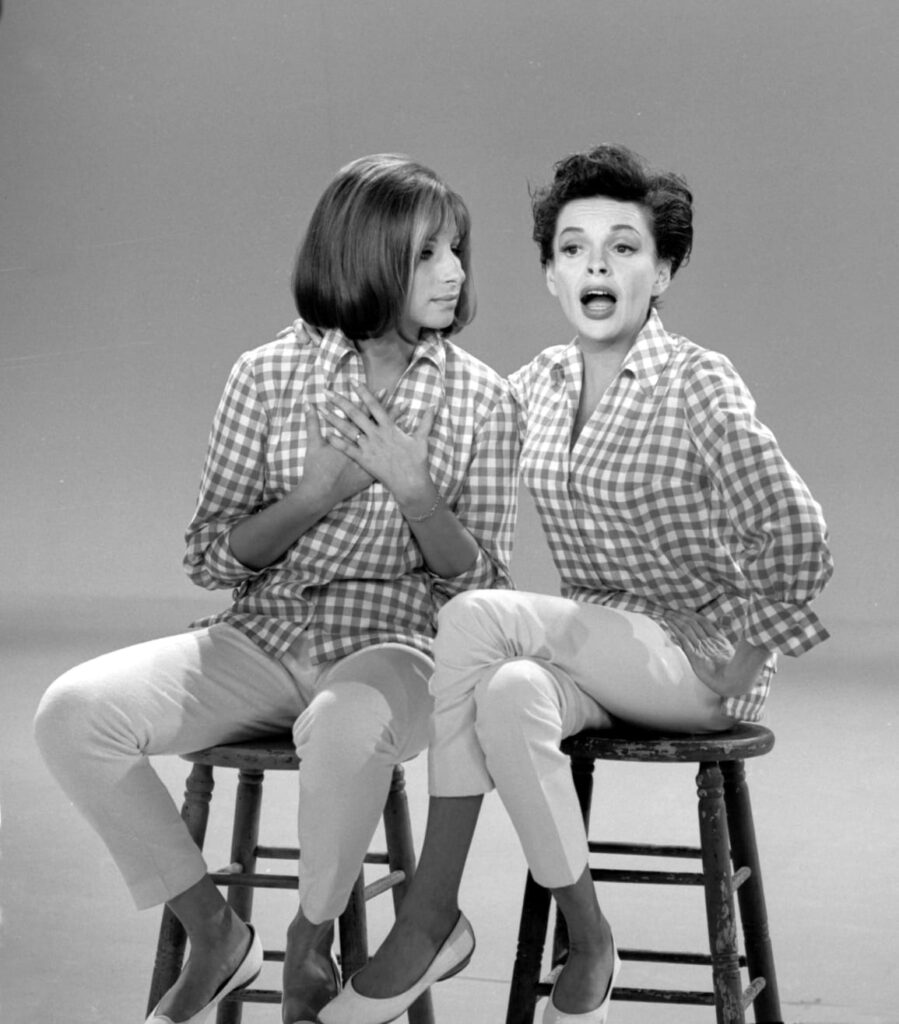
Years later, Garland had a rather dark piece of advice for Streisand before her early death from a drug overdose. “Judy and I became friends. We spoke on the phone, and she came to one of the rare parties I gave at my New York apartment,” Streisand recalls. “And I remember her saying something I never quite understood: ‘Don’t let them do to you what they did to me.’ I should have asked her what she meant, but I didn’t want to appear too nosy.”
Cantankerous relationship with Sue Mengers
There’s no love lost between Streisand and her former agent/friend Sue Mengers. In her book, Streisand notes that Mengers became the kind of agent who would speak on her behalf on matters she didn’t quite find appropriate.
“This is the kind of thing that drives me crazy. It happens when an artist’s representative starts to think they are the artist, and can speak for the artist, and have the same power as the artist.”
Ultimately, Streisand recalls that their relationship became too “symbiotic” for her liking and that she was “furious to find out that she had turned down projects without even showing me the scripts.”
When she told Mengers that they had different tastes and that she wanted to end their professional relationship but stay friends, Streisand writes, Mengers replied, “If I’m not your agent, I won’t be your friend.”
Robert Redford initially turned down ‘The Way We Were’
Streisand recalls that her co-star Robert Redford was initially not interested in playing Hubbell in Sydney Pollack’s 1973 romance because he thought that the role was (in her words) “underdeveloped.” And so, Streisand says she instructed Pollack to deepen the character and make the roles “equal” – and to pay Redford “whatever he wanted.”
Even then, Redford declined, but after one more week of begging, he thought better of it and came aboard. “The courtship had been tough, but Bob’s reluctance had a big influence on the script and ultimately resulted in a richer, more interesting character,” Streisand writes.
Columbia Records tried to remove her nose’s bump for album cover
Streisand recalls shooting the cover for her 15th studio album on her balcony in Carolwood – a smooth process that quickly hit a snag when she got the finished product back from her label.
“I gave the shot to the art department at Columbia, and when they sent the finished cover back to me, I took one look and asked, ‘What happened here? Something’s strange,’” Streisand writes.
“Well, it turned out that someone had taken off the bump on my nose! I guess they thought I’d be pleased, but I actually like that bump. That bump and I have been through a lot together. It’s mine, and I said to the art director, ‘If I wanted a nose job, I would have gone to a doctor. Please put the bump back.’”
She never meant to diss Celine Dion at the Oscars
In 1997, Streisand went to the Academy Awards for her film “The Mirror Has Two Faces” but told producers she didn’t want to sing her nominated song, “I Finally Found Someone,” during the show.
Originally, Natalie Cole was going to perform, but when she got sick at the last minute, Celine Dion stepped in. Afterward, much was made of the fact that Streisand was not in her seat during Dion’s performance – leading some to speculate that she was unhappy with or jealous of Dion.
In her memoir though, Streisand sets the record straight. “I was sitting in the audience watching the show when I suddenly started hemorrhaging. (I was having more problems with endometriosis.) I quickly got up and rushed to the bathroom,” she writes.
“And by the time I could emerge, Celine had already sung the song. I didn’t know that she was about to go on, and I was mortified to have missed her. But of course, some of the papers tried to turn it into a scandal, as if I had deliberately dissed her. Who wouldn’t want to hear Celine sing a song that you co-wrote? I found her afterward and apologized profusely. She completely understood.”
Hurt by pay discrepancy between her and Dustin Hoffman
Despite initially turning down her role in the 2004 comedy “Meet the Fockers”, Streisand seems to have positive memories from the experience. She’d always wanted to work with Dustin Hoffman who she’d known since before either of them was famous – and had always liked Robert de Niro, who still sends her flowers every year on her birthday.
But she was peeved when she found out about the pay discrepancy between her and Hoffman. “This was the first time I felt the effect of Hollywood’s unequal pay scale for men and women,” she writes.
“I didn’t ask what the other actors were making, but I was definitely hurt when I found out that Dustin was getting three times as much as me, plus a tiny percentage, which is significant on a movie that made $520 million. I was given some excuse about how I had been the last to sign, but the only thing that made me feel better was when my dear friend Ron Meyer, who was the head of Universal, gave me a bonus, the first and only time I ever got one. I guess he, too, thought it was unfair.”
She hates to cook but really loves to eat
“I can burn water,” Streisand writes, but some of her most memorable foods include: sweet potatoes from the Automat and roast pork with mayo on soft white bread from a gentile deli. (“Delicious.”); rice pudding without raisins and coffee ice cream without chocolate chips; quenelles (The composer Marvin Hamlisch “was one of the few people who even knew what they were and could recommend a restaurant that served them.”); pastrami (“No matter who you are,” she writes, “you can only eat one pastrami sandwich at a time.”).
When she first got famous, “I was just excited to be able to buy as many slices of honeydew melon as I wanted and eat only the ripe top parts. To me, that was the height of luxury.”
She loved her dog Sammie so much, she cloned her

After Streisand’s beloved Coton de Tulear Sammie died, she adopted another puppy, Fanny, then heard that the cloning lab she commissioned had unexpectedly produced not one but two dogs, Violet and Scarlet, who “look so much alike that I had to put lavender and red silk flowers on their collars to identify them. It’s fascinating to see certain traits that remind me of Sammie, yet each of these beloved creatures is a unique being. You can clone the look of a dog but you can’t clone the soul.”
The ‘diva’ thing is a myth
Streisand always dreamed of acting and singing, but not all of the attention that came with it. From the start, she debunks the idea that bothers her most – that she was rude or difficult to work with. When she arrived in London to star in “Funny Girl,” film producer and talent agent Ray Stark threw her a welcome party but she was so anxious about all the stars who would be there that she threw up and ended up being late to her own party. “Suddenly I had a reputation for being rude, when I was really just scared,” she writes.
Becoming a director was a form of “self-defense,” though it only enhanced the myth. “Nobody was offering me roles. I swear, people were frightened of me. I have this reputation for being difficult” that comes up “over and over again in interviews, and the mere fact of repeating it gives it credibility. What does being difficult actually mean?” She asks. “Is it that I strive for excellence in everything I do?”
For Streisand fans, “My Name is Barbra” is a dream come true – an encyclopedia-sized ode to a remarkable woman, by that remarkable woman. Behind the sequins, beneath the wigs and through the glass of the recording studio, there’s just a woman who dreamed of being famous and made it happen on her terms. It’s an accomplished and entrancing walk through a life well lived.



